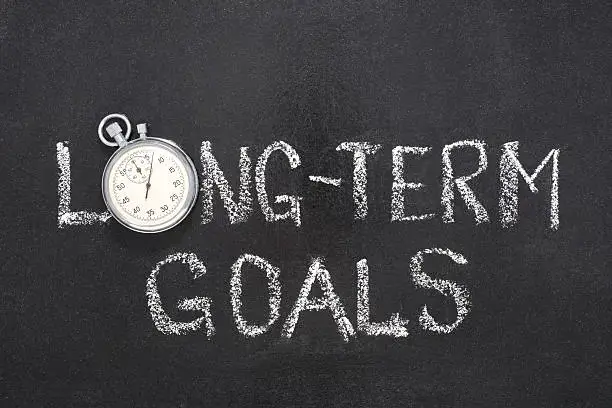The Secret Fuel Behind Your Biggest Dreams: Why We Keep Going When It Gets Tough

Ever wonder what separates those who chase their dreams for years from those who give up after a few setbacks? It turns out, the answer lies deep within our brains, and a recent study from Caltech is shedding light on the mysterious forces that keep us moving forward when the going gets tough.
The research team explored how motivation and mental resilience work together to fuel persistence toward goals that can take months, years, or even decades to achieve. Using a mix of behavioral experiments and brain imaging, they discovered that persistence isn’t just about willpower alone. Instead, it’s a complex dance between how much we value the goal, how we frame challenges, and the meaning we attach to our efforts.
“What really keeps us going,” says lead author Dr. Sarah Johnson, “is a powerful combination of purpose and progress, along with the ability to reframe obstacles as opportunities, not roadblocks.”
The study highlights three core drivers of persistence:
Goal Significance: People who see their goals as deeply meaningful are more likely to push through setbacks.
Adaptive Mindset: Those who view challenges as learning experiences, rather than failures, maintain motivation longer.
Incremental Progress: Celebrating small wins along the way reinforces commitment and keeps momentum alive.
Neuroscientific data pointed to increased activity in brain areas linked to reward and cognitive control, showing how motivation and self-regulation combine to sustain effort.
Understanding these mechanisms has big implications, not just for individuals trying to stay on track, but for educators, coaches, and therapists helping others reach their potential.
In a world full of distractions and instant gratification, this research offers a hopeful reminder: Persistence is less about grit alone and more about meaning, mindset, and momentum.
So, the next time your goals feel distant or overwhelming, remember, your brain is wired to find reasons to keep going. You just need to tap into them.